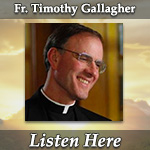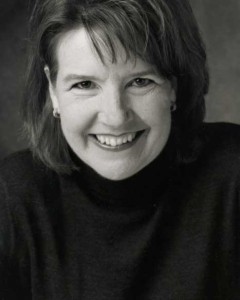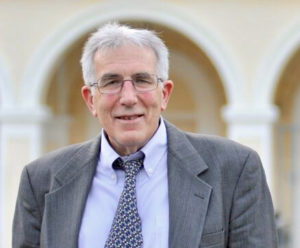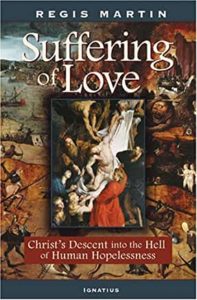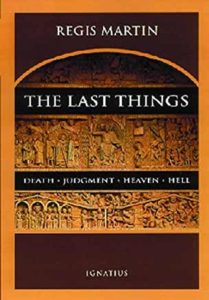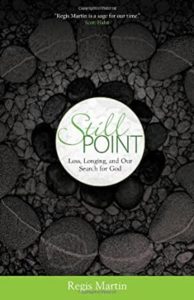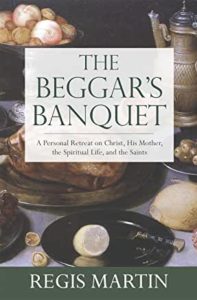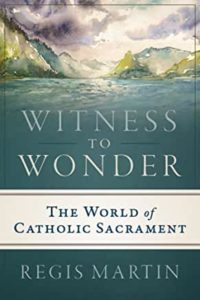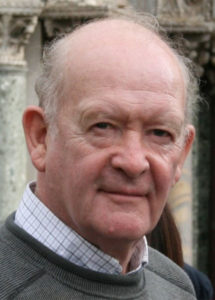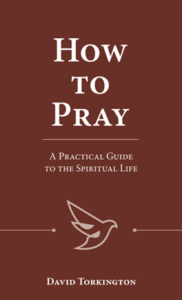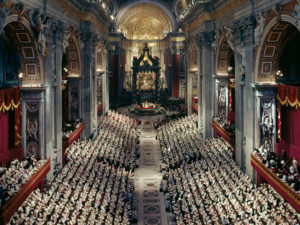Podcast: Play in new window | Download (Duration: 29:35 — 20.4MB) | Embed
Subscribe: Apple Podcasts | Spotify | Amazon Music | Android | Pandora | iHeartRadio | JioSaavn | Podchaser | Gaana | Podcast Index | Email | TuneIn | Deezer | Anghami | RSS | More
Episode 10 – Give Us This Day – A Biblical Way of Praying the Mass with Fr. Timothy Gallagher O.M.V.
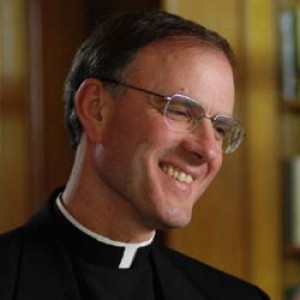
We continue our conversation with Fr. Gallagher discussing the encouragements given by Venerable Bruno Lanteri in regards to a biblical way of praying the Mass. In this episode, Fr. Gallagher reflects on the Consecration.
Take a moment and pray:
Our Father: Father: ponder the love, the security, and the providential care of the heavenly Father that this word signifies. Our: all of us share this Father; we are all his sons and daughters, one family.
who art in heaven: lift your gaze of faith to the infinite joy of heaven where this Father resides with the Son and Holy Spirit, the communion to which we are called when earthly life is done.
hallowed be thy name: ask, beg, petition that this Father’s name be held in love and reverence in your heart, in your family, in the Church, and in the world. thy kingdom come: pray that the kingdom of God — his love, truth, life, holiness, grace, justice, and peace — grow and be increasingly rooted in this world. Desire this. Ask for this.
thy will be done: with the sentiments and heart of a mendico, seek the grace to do God’s will in your life, in all things, day by day.
on earth: pray that God’s will be done in the Church and in the world. Raise this cry from your heart.
as it is in heaven: contemplate the joy, the harmony, the communion, the peace of heaven, in which God’s will is the single guide. Ask that this joy and communion be granted to our world.
Give us this day: What are your needs this day? What do your family members need this day? The Church? The nation? The world? Ask to be given what you need today.
our daily bread: the material bread we need for our lives and for the sustenance, health, education, and well-being of those entrusted to our care; and the spiritual bread: the Eucharist, Holy Communion.
and forgive us our trespasses: ask for the loving encounter with the Father that is forgiveness (Luke 15:11–32), for healing from the burdens of our hearts.
as we forgive those who trespass against us: Has anyone hurt you? Mistreated you? Misunderstood you? In these deep places of the heart, ask for the grace to forgive. “Be kind to one another, compassionate, forgiving one another as God has forgiven you in Christ” (Eph. 4:32).
and lead us not into temptation: pray for freedom from all that could cause spiritual harm. Make this prayer for yourself, your family, the Church, and the world.
but deliver us from evil: ask for protection and safety from all evil. Ask this “of him who called you out of darkness into his wonderful light” (1 Pet. 2:9).
Gallagher, Fr. Timothy; Gallagher, Fr Timothy . A Biblical Way of Praying the Mass: The Eucharistic Wisdom of Venerable Bruno Lanteri (pp. 75-76). EWTN Publishing Inc.. Kindle Edition.
For more episodes in the A Biblical Way of Praying the Mass with Fr. Timothy Gallagher podcast series, visit here
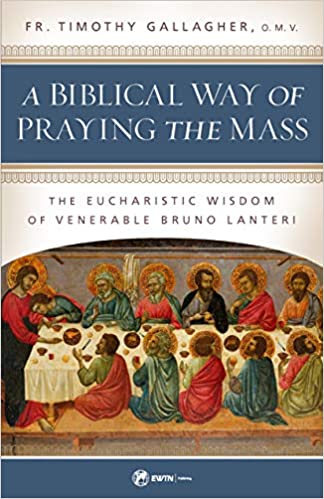 You can find A Biblical Way of Praying the Mass here
You can find A Biblical Way of Praying the Mass here
Father Timothy M. Gallagher, O.M.V., was ordained in 1979 as a member of the Oblates of the Virgin Mary, a religious community dedicated to retreats and spiritual formation according to the Spiritual Exercises of St. Ignatius. Fr. Gallagher is featured on the EWTN series “Living the Discerning Life: The Spiritual Teachings of St. Ignatius of Loyola.” For more information on how to obtain copies of Fr. Gallaghers’s various books and audio, which are available for purchase, please visit his website: frtimothygallagher.org

